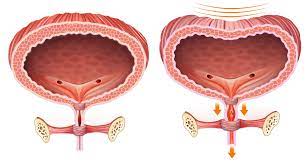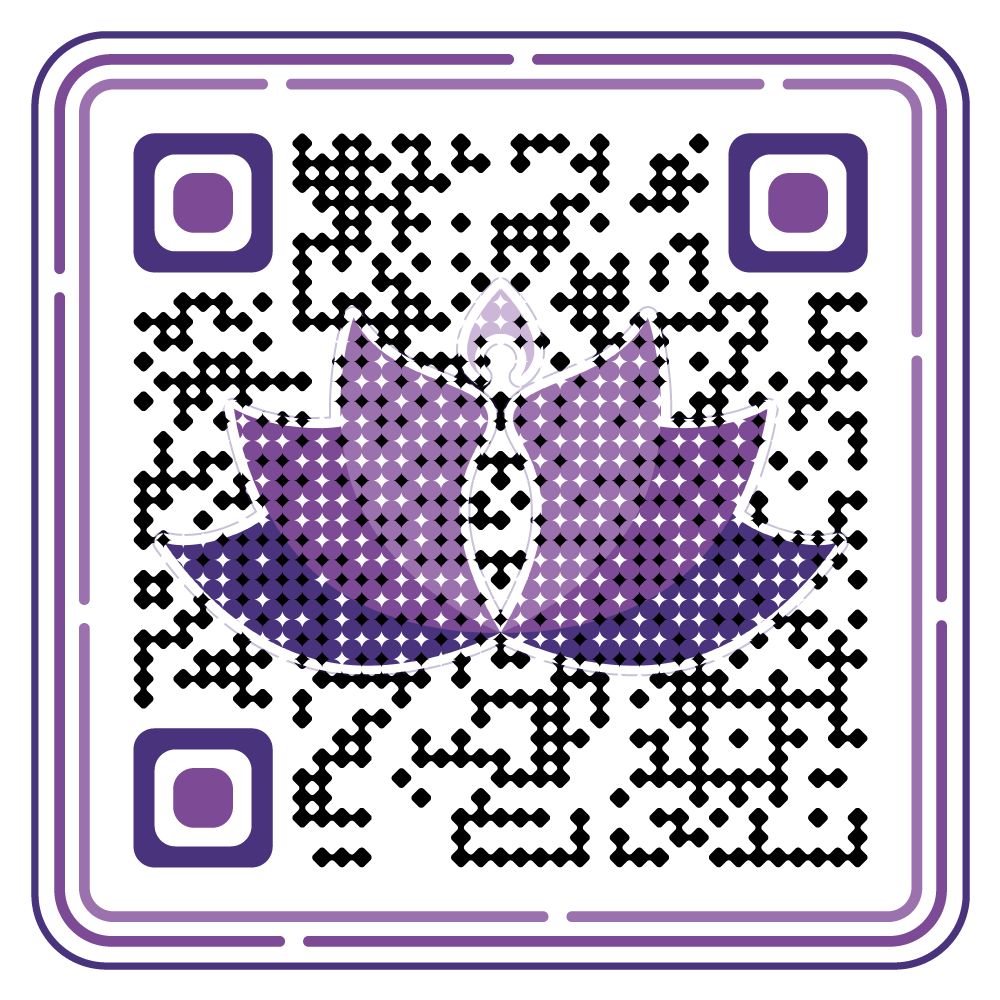A Stress Urinary Incontinence (SUI) is when urine leaks out with sudden pressure on the bladder and urethra, causing the sphincter muscles to open briefly.
- With mild SUI, pressure may be from sudden forceful activities, like exercise, sneezing, laughing or coughing.
- If your SUI is more severe, the leak will be present with less forceful activities like standing up, walking or bending over.
- Urinary accidents like this can range from a few drops of urine to enough to soak through the clothes.
SUI is a very common bladder issue for women. Additional common bladder problem is called Overactive Bladder (OAB), or Urgency Urinary Incontinence (UUI). People with OAB have an urgent, feeling that they can’t control. People with OAB leak urine when they feel that urge. The difference between SUI and OAB is anatomical. SUI is a urethral problem while OAB is a bladder problem. With SUI, the urethra cannot stop the sudden increase in pressure. With OAB, the bladder spasms and squeezes uncontrollably. Many people with SUI also have OAB. When both types of urinary incontinence are happening, it is called “Mixed Incontinence.”
- Urinary incontinence increases with age. About one-third of women age 60 find that they sometimes leak urine.
- About half of women age 65 and above find that they sometimes leak urine.
ANATOMICAL VIEW
The urinary tract includes two kidneys, two ureters, a bladder, aurethra and a sphincter. The bladder is secured in place by fascia in the pelvic floor. This system works together to store and remove waste, specifically urine, from our bodies.
- The kidneys make urine. The kidneys clean our blood and remove waste and excess water (urine). The ureters move urine from the kidneys to the bladder.
- The bladder is a balloon-like organ. It stores urine. The bladder muscles contract (squeeze) when we’re ready to release urine.
- The urethra is a tube at the bottom of the bladder where urine exits the body. It has sphincter muscles to keep the urethra closed and prevent urine from leaking out, until you’re ready to release urine. The sphincter muscle relaxes when the bladder contracts and urination occurs.
- The pelvic floor includes a sling (like a hammock) of muscles and fascia that supports the bladder, rectum and uterus.
SYMPTOMS
- The key symptom of SUI is when urine leaks out during any activity that increases abdominal pressure.
- The amount can be a few drops to tablespoons or more. Patient having mild SUI, will leak during forceful activities such as exercise. Also during sneeze, laugh, cough or lift something heavy.
- If SUI is moderate or more severe, leak is present during less activities, like standing up or bending over.
SUI Affecting Life
Many people find that SUI gets in the way of daily and social activities. It can affect family and sexual relationships.
Causes
- The pelvic floor supports the bladder and urethra. If this area gets stretched, weakened or damaged, then SUI can happen.
- Pregnancy and childbirth can cause SUI. Chronic coughing or nerve injuries to the lower back or pelvic surgery can also weaken the muscles.
Risk factors for SUI include
- Gender: females are more likely to get SUI
- Pregnancy and childbirth
- Being overweight
- Smoking
- Chronic coughing
- Nerve injuries to the lower back
- Pelvic surgery
Diagnosis
The Physical Exam
- For women, your physical exam include checking abdomen, the organs in pelvis, and rectum.
- Kegel test.
- The patient asked todo coughing, straining down or stepping to see if these actions cause you to leak urine.
Bladder Diary
- To write down what fluids has been takenand how often bathroom is used. To be noted when leak is present.
- Pad Test
There are two types of urinary pad tests:
- The one-hour pad test is done in the office to learn about leakage with exercise or movement. The pad is removed and weighed afterwards to evaluate the amount of urine leaked.
- The 24-hour urine pad test is usually done at home for a complete day and night’s evaluation.
Testing
- A urinalysis or urine sample to test for a urinary tract infection or blood in the urine.
- A bladder scan after urinating to show how much urine stays in your bladder after you urinate.
- A Cystoscopy uses a narrow tube with a tiny camera to see into the bladder to rule out more serious problems.
- Urodynamic studies (UDS) are done to test how well the bladder, sphincters and urethra hold and release urine.
Treatment
SUI treatment options:
- Lifestyle Changes to Treat SUI
- Medical Devices to Manage SUI in Women
- FemiLift (highly advanced CO2 laser technology)
- Surgery to Treat SUI
Lifestyle changes can treat SUI
Absorbent Pads
Absorbent pads come in different sizes and styles. Some are simply an adhesive placed in your underwear, others are pull-on briefs.
Pelvic Floor Muscle Exercises (also called Kegel exercises)
Kegel exercises help strengthen your pelvic floor muscles. You perform Kegels by contracting (squeezing) and relaxing the pelvic floor muscles many times each day. Pelvic floor muscles help support the bladder and other organs. Exercising these muscles can make them stronger and help reduce or eliminate your SUI symptoms.
Maintain Good Bowel Function
Prevent constipation. Eating high fiber foods regular bowel movements.
Maintaining a Healthy Weight
People who are overweight or obese are more likely to develop SUI. Losing weight reduces the severity of SUI.
Bladder Training
A bladder diary for bladder training :Record
(1) how much you drink; (2) when you urinate; and (3) when leaks occur.
Quit Smoking
Devices to Control SUI in Women
Vaginal Devices for SUI
Vaginal Pessaries
A vaginal pessary is a firm flexible device that is inserted into the vagina. It repositions and supports the urethra and/or uterus.
Disposable Pessaries
Disposable devices are made to be used for a maximum of 8 hours in a 24-hour perio.
Non-Disposable Pessaries
Prescription pessaries are small, often made of medical grade silicone. Like other pessaries, they are inserted into your vagina. The pessary must be removed before having sexual intercourse. It’s better not to wear them all the time, since they can irritate the urethra. This could lead to blood in the urine (hematuria) and urinary tract infections. Still, these devices are useful for reducing leaks during activities like running, lifting or playing tennis.
Pessaries are generally safe, with a small risk of infection. That way it can be checked, cleaned, and refitted on a regular basis .
Urethral Plug
To help prevent SUI during high activity, you may have the option of an occlusive device called urethral plug. These types of devices block the urethra, while a vaginal device adds support through the vagina.
A simple urethral plug can be inserted to create a barrier. When it’s time to urinate, they can be deflated or pulled out.
FemiLift (highly advanced CO2 laser technology)
In recent years, cutting-edge technologies used for the face and body, are being directed towards the improvement of vaginal and urinary functioning. That includes dealing with the issue of SUI. This lead a more fulfilling feminine life.
- Same as with any tightening or rejuvenation process works on face, or any other part of your body, so vagina can be tightened or, essentially, “lifted”. Consequently, this technique reinforces the weakened muscles and tissues that lead to leakage. Urine release can be controlled and no longer experience loss of bladder control. A very successful solution called FemiLift utilizes highly advanced CO2 laser technology to treat a wide range of feminine issues. These issues include SUI, vaginal laxity and post-menopause indications such as dry vaginal lining and thinning. Moreover, it helps to clear up recurring infections or irritation.
- A series of 3 treatments, performed approximately 4 weeks apart, is generally recommended for best results. The treatment typically lasts up to 24 months, at which time a maintenance treatment is done to preserve vaginal integrity.
- FemiLift works through pulses of laser energy into the collagen layer of the vaginal mucosa, where concentrated thermal heating leads to collagen and elastin “shrinkage” and secondary regeneration, producing an increased resiliency of vaginal skin for about 12-18 months. The initial shrinkage and secondary regeneration may temporarily increase intra-vaginal friction and G-spot pressure. Tightening also occurs along the base of the overlying bladder, with evidence shows that it also improves the problem of urinary incontinence.
- This treatment is completely safe and painless. It is a outpatient procedure.
Urethral Injections for Women with SUI
Urethral Injections/Bulking Agents
Urethral injections are used to “bulk up” the urethral sphincter muscle that keeps the urethra closed. “Bulking agents” are injected into the urethra. This helps the sphincter to close the bladder better.
Often, the injections are done under local anesthesia in your healthcare provider’s office. The injections can be repeated if needed. This method may not be as effective as other surgeries, but the recovery time is short. Bulking agents are a temporary treatment for SUI. Of every 10 women who have these injections, between 1 in 3 are cured of leaks, which can last for a year.
Sling Surgery for Women with SUI
The most common surgery for SUI in women is “sling” surgery. In this surgery, a small strip of material (a sling) is placed under your urethra to prevent it from moving downward during activities. It acts as a hammock to support the urethra. Many sling techniques and materials have been developed. Slings can be made from your own tissue, donor tissue or surgical mesh.
- Midurethral sling
- Autologous sling
Bladder Neck Suspension surgery
Bladder Neck Suspension is also called Retropubic Suspension, Colposuspension or Burch Suspension.
In this surgery, sutures are placed in the tissue along the side of the bladder neck and urethra and attached to a ligament along the pubic bone.
After Treatment
The goal of any treatment for incontinence is to improve your quality of life. Surgical treatments usually work, especially when combined with lifestyle changes. Make sure you rest for a few weeks to allow for recovery and healing.Continue with daily Kegel exercises to maintain pelvic muscle strength. Healthy weight to be maintained.





